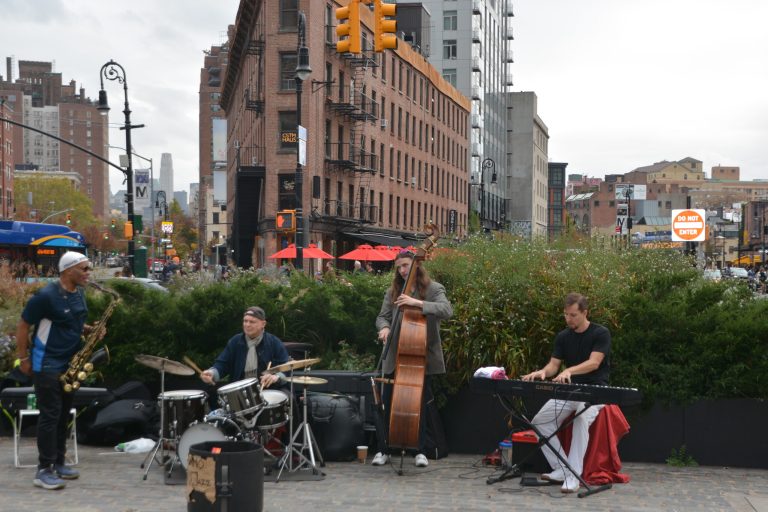
We are a prosperous nation and unrivaled in military, global and economic power. Yet the new American is contentious, hyper-competitive, paranoid, alienated and hyper-vigilant. It would be far too easy to blame our anxious paranoid state on the COVID pandemic or the dehumanizing impact of the Computer Age although undoubtedly they are factors. I suggest that there are other reasons why we are so filled with fear and dread.
One aspect is political. In a way we are victims of our own success. In 1990, the communist ideology was defeated, the Berlin Wall crumbled and the Soviet Union economy was ruined. But without another super power to project our aggression on we had lost the externalized “bad object” and America was faced with a question of where to find its next enemy.
Well, what occurred in the 1990s shortly after the fall of communist Russia was an alarming, disturbing trend with the emergence of mass shootings, school shootings and domestic terrorism in America. In 1995, Timothy McVeigh killed 168 in the Oklahoma City bombing. In 1999, Eric Harris and Dylan Klebold killed 13 at Columbine High School and in 2012 Adam Lanza killed 26 children at Sandy Hook Elementary School in Connecticut.
These are just three of the many incidents that have occurred since the early 1990s.
These were expressions of murderous paranoid madness and the return of the repressed in America. We have grown accustomed to hearing about these school shootings, but I assure you, school systems are now hypervigilant and on high alert. We used to have those “duck and cover” drills in preparation for the atomic bombs launched from Russian, but today kids are taught how to “shelter in place” in the event of a school shooter who entered the building and got past the guards.
And the question that must be asked is who gets targeted internally? The answer is easy. Minority groups are always the ones who get targeted. These include homosexuals, artists, feminists, women, agnostics, African Americans, Hispanics and Asians. To sight glaring examples, did you know that Sen. Jesse Helms, Republican from North Carolina, nearly shut down all the funding for the National Endowment for the Arts ($700 million) because he felt their funding of Robert Mapplethorpe’s homoerotic photography was pornography? More recent examples of targeted subgroups include all Asian Americans because China was where COVID began. And if you think that’s a trivial matter, you don’t want to be an Asian walking alone at night in Queens. We have seen the news reports of random attacks on them.
America’s growing fear relates to multiculturalism and diversity. This was not always the case. Through the first 75 years of the 20th century American identity was largely intact and supported by our major religious, political, communal, educational and family institutions. However, there was a systematic, subtle, albeit unconscious process of dismantling these institutions. The media took apart the presidency and destroyed Richard Nixon, and the film and TV industry made a mockery of fathers. ”All in the Family” was not “My Three Sons.”
These are times of great unrest and great confusion in America. We live in an extremely prosperous nation that is unequaled in power and might and creativity. But at the same times, we are on edge. Educational institutions are hypervigilant and will suspend children if they look at gun web pages for too long. If your front door bell rings, it is a cause for alarm rather than joy. If you walk down the street, you have a feeling of unease. Gated communities are growing in number.
The traumas we hear about on the news build up and make our fears worse. It was no surprise to me that the government decided it was a good idea to legalize marijuana. It is a last ditch effort to sooth the savage beast that is the American character. But as any psychoanalyst knows, pot breeds more paranoia not less.
The American identity is unstable and in flux. As the dominant world power and with capitalism as an unrivaled economic ideology, our status in the world is clear, but we are not so secure when it comes to our neighbors. Should I hate my neighbor or fear him? The lack of an externalized “bad object” has produced an internal hunt for the enemy and since the American landscape is now so diverse, it is easy to find targets to fear and to hate. It is easy to find “the other.”
The greatness of the psychoanalytic message is that peace only comes through self-knowledge and self-awareness.
As a nation we have ascended to the top, but as citizens we seem to be sinking into fear, isolation and paranoia, strangers in a strange land. But this is America, an exceptional place and much of the world looks at us with envy. Perhaps we need some leaders to remind us of that. If Mr. Rogers were still alive, he could run for president and would win in a landslide. But alas, Fred Rogers has passed on into the sweet hereafter, so we are left alone to figure this out by ourselves.
I recommend you pause, take a deep breath and realize that we are all in this together and that our neighbors are just like us, trying to get along and find some happiness along the way. So like Mr. Rogers, say ‘Hi, Neighbor’ the next time they walk by. I promise you they will smile and return the favor. You will feel better and so will they. After all, who didn’t love Mr. Rogers?







